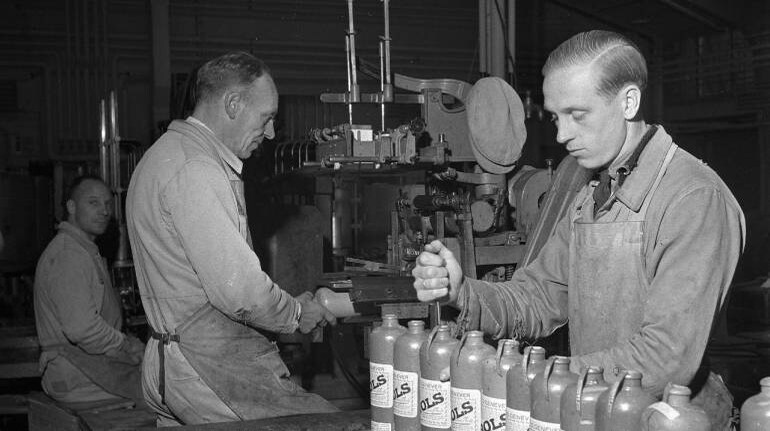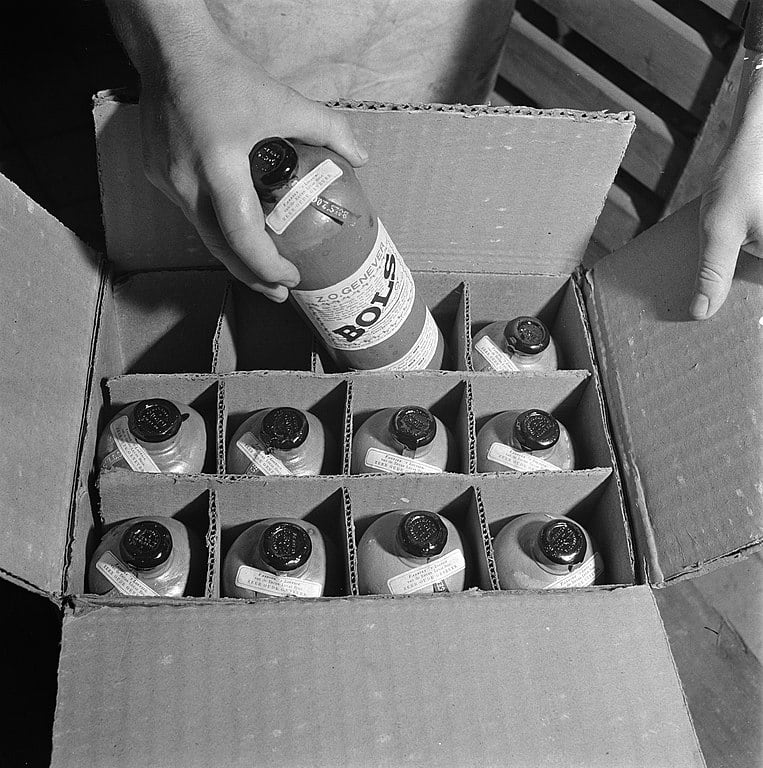



A trip to nearly 450 years back in history, to the Netherlands, to seek the first flutterings of the oldest distillery in the world. Here we go!
Ever since they learnt the art and science of distilling from the Arabs, the Europeans had been throwing up wonderful discoveries in making alcoholic spirits. But who exactly broke into juniper and other botanicals to exact their potential for making the first genever (the oldest style of gin) is still shrouded in mystery. But once it was discovered, there was no turning back.
 It was in the 16th century. People of Amsterdam managed to satiate themselves with an assortment of crude genever that came from local homes. It was then that a Protestant family - the Bulsius family - fleeing from Antwerp because of religious persecution sought refuge in their town.
It was in the 16th century. People of Amsterdam managed to satiate themselves with an assortment of crude genever that came from local homes. It was then that a Protestant family - the Bulsius family - fleeing from Antwerp because of religious persecution sought refuge in their town.
Once the Bulsius family settled down, they inquired about the possibility of setting up a distillery in the town. They wanted to make genever - the first of the branded kind. Soon the family adopted the more Dutch-sounding name Bols for the product. Permission was denied.
The town of Amsterdam within its wooden buildings could not risk yet another fire breakout. The family had to move into the outer skirts of the city. They found a perfect place on a bank near a stream to set up the distillery.
The brand made remarkable achievements in the spirit business when Lucas Bols, after whom the product was named, took charge. He knew business.
A tie-up was made with the Dutch East India Company. The decision to cooperate came as a shot in the arm for both parties.
While it gave Bols preferential access to herbs and other botanicals the Dutch East India Company sourced from its colonies, Bols magnanimously supplied its products to other shareholders in VOC (Veerenigde Oost-Indische Compagnie). By that time the company was using more that 200 recipes for its liqueurs and spirits, stimulating global demand.
But Bols was bleeding when the last descendent of the family died in 1816. Blame the Napoleonic wars and the British naval blockade of Dutch harbours.
Gabriel Theodorus, a financier from Rotterdam, stepped in, took over the company on one condition - he would continue using the brand name, Bols.
Even without any previous experience in the field of distillation, Theodorus with his hard work and business acumen could bring the sinking ship once again on to the surface. In 1823, he sent the first shipment of Bols liqueurs and genevers across the Atlantic. The US fell for it.
In 1868, the Motzer family acquired the firm and in 1954 when they quit Bols became a public limited company.
 December 1945. (Image: Nationaal Archief via Wikimedia Commons CC-Zero)
December 1945. (Image: Nationaal Archief via Wikimedia Commons CC-Zero)Meanwhile the popularity of the product skyrocketed as jazz legends like Ray Charles discovered the fun in sipping Bols. It is said that he had a clause in its contract which demanded a bottle of Bols Genever in his dressing room before each of his performances.
Though Remy Contreau took over Bols in 2000, Bols returned to the Dutch homeland after another management buyout.
Today Bols makes more than 38 flavours of liqueur; most of them based on century-old recipes. It is Kyndal India that markets the product in our country though the range is not wide.
Want to have it as a cocktail? Try brandy soda. Make a highball by pouring soda into it and add enough ice cubes. You'd like the sweetness tempered by a dash of bitterness.
Proost! (Well, that's the Dutch way of saying cheers).
Discover the latest Business News, Sensex, and Nifty updates. Obtain Personal Finance insights, tax queries, and expert opinions on Moneycontrol or download the Moneycontrol App to stay updated!
Find the best of Al News in one place, specially curated for you every weekend.
Stay on top of the latest tech trends and biggest startup news.